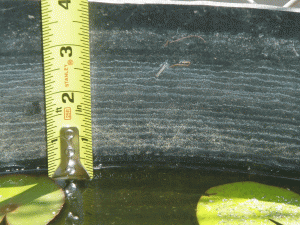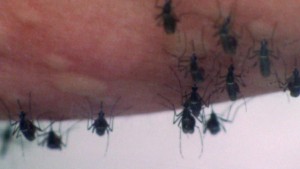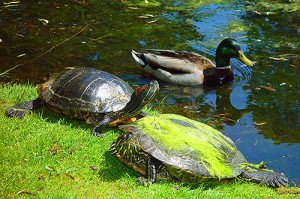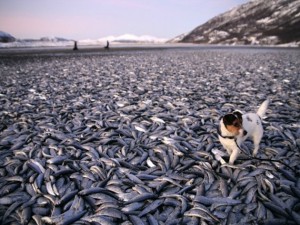If the water level in your pond keeps dropping, you need to figure out if it’s just evaporation, or if your pond is leaking.
On a hot summer day your pond can evaporate up to 1/4 ” per day (approximately 2″ per week). This is normal.
Evaporation happens when water heats to the point that it turns to gas.
If you add water you need to be careful, regular tap water has chlorine that can harm your fish. You need to use Dechlor or other water treatment to remove the chlorine.
If you think your pond is losing too much water, you should definitely have it checked for leaks. A very small leak can become a nightmare very quickly.
There are a lot of considerations as to what can cause your pond to lose water. Is your pond in direct sunlight all day? Is there a fountain or waterfall where water is being splashed out of your pond? Do you live in an arid location and hot air blows across your pond? Is your pond exposed to any kinds of extreme elements? Do you have plants in the pond that are drawing in a lot of water?
The photograph below shows evaporation in one of our ponds in an area where there isn’t a lot of morning sun, but full mid day sun and the evaporation has been 1/7 of an inch per day.








